Why ABA Therapy Works for Teaching New Skills in Children with Autism
Exploring the Impact of ABA Therapy on Children with Autism
Introduction
Applied Behavior Analysis (ABA) therapy is acclaimed for its tailored and evidence-based approach to aiding children with Autism Spectrum Disorder (ASD) in acquiring vital skills. As a comprehensive therapeutic strategy, ABA focuses on enhancing communication, social, and self-help skills among others, using well-researched methods and individualized plans. This article delves into the principles of ABA therapy, its effectiveness, specific skills taught, underlying methodologies, empirical support, potential concerns, and broader applications beyond autism.
The Principles of ABA Therapy
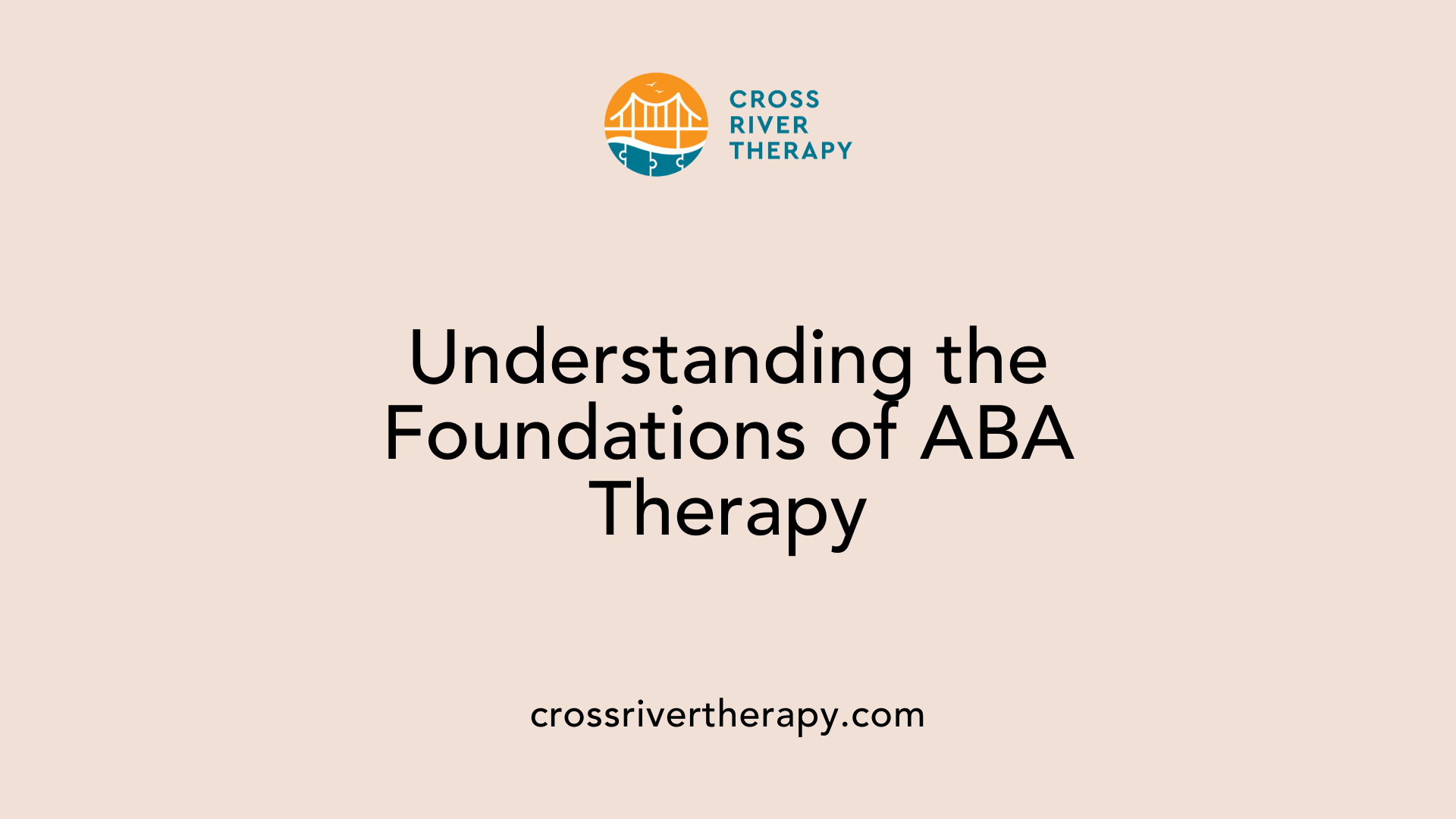
What are the principles of Applied Behavior Analysis (ABA) therapy?
Applied Behavior Analysis (ABA) therapy is built on the principles of learning and behavior, emphasizing the enhancement of positive behaviors while decreasing negative ones. This evidence-based approach allows for tailored interventions aimed at the unique needs and challenges of each child with autism.
How does positive reinforcement play a role?
A cornerstone of ABA is positive reinforcement. This involves following desirable behaviors with valued rewards, effectively encouraging the continuation of those behaviors. Such reinforcement fosters motivation and builds the child’s confidence to engage consistently in target behaviors, which could range from communication skills to social interactions.
What is the A-B-C model?
ABA therapy operates using the A-B-C model: Antecedent-Behavior-Consequence. This framework helps therapists identify the context leading to specific behaviors, illustrating how antecedents trigger certain actions and how consequences can modify those actions. By understanding these dynamics, therapists can develop targeted strategies to teach and reinforce appropriate behaviors.
Together, these principles support the structured and personalized nature of ABA therapy, ensuring effective interventions that improve the lives of children with autism.
Effectiveness of ABA for Autism
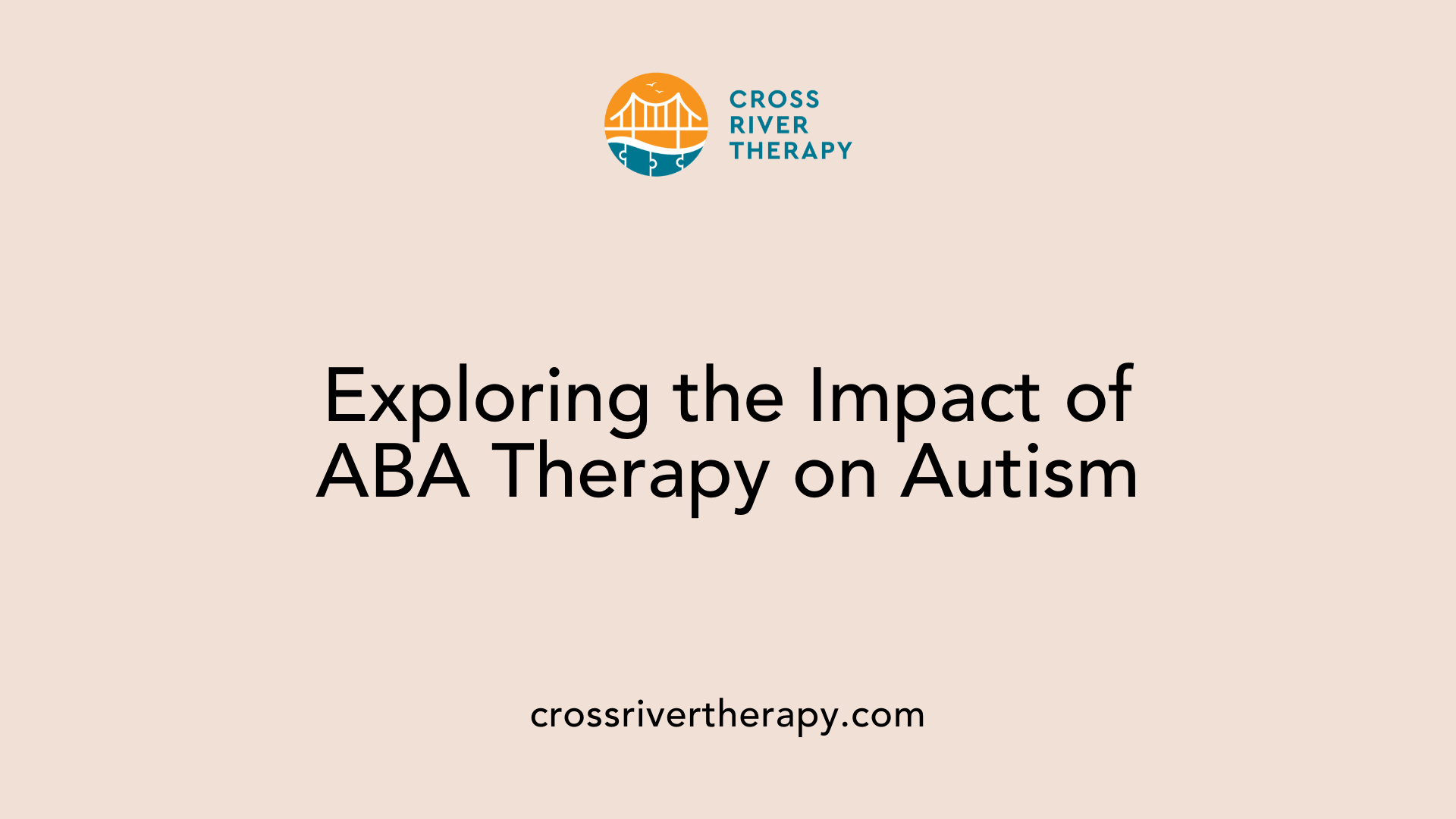
How does ABA therapy help children with autism?
ABA therapy is a structured, evidence-based approach designed to support children with autism in developing essential life skills. By implementing behavior analysis principles, it works to foster helpful behaviors while reducing harmful ones.
Improvements in social and communication skills
One of the most significant benefits of ABA therapy is its positive impact on social and communication skills. Through techniques such as:
- Functional Communication Training (FCT): This supports children in finding alternative methods to communicate their needs, enhancing their verbal and non-verbal skills.
- Social skills training: Focused on teaching children how to engage with peers, read social cues, share, and collaborate in group settings.
These strategies empower children to express themselves better, facilitating social interactions and friendships, thereby enriching their overall social experience.
Decreased challenging behaviors
ABA therapy also effectively addresses challenging behaviors by identifying their underlying causes and replacing them with more appropriate responses. By employing:
- Functional behavior assessments: These help understand the triggers behind behaviors and customize interventions accordingly.
- Positive reinforcement techniques: Encouraging desired behaviors through praise and rewards reinforces good behavior, leading to a decline in negative actions.
Research shows that intensive and sustained ABA therapy leads to measurable decreases in challenging behaviors, ultimately enhancing the child's quality of life and reducing stress on family dynamics.
By focusing on individual needs, the therapy offers tailored support that promotes not only behavioral improvements but also higher academic achievement and overall well-being.
Skills Taught Through ABA
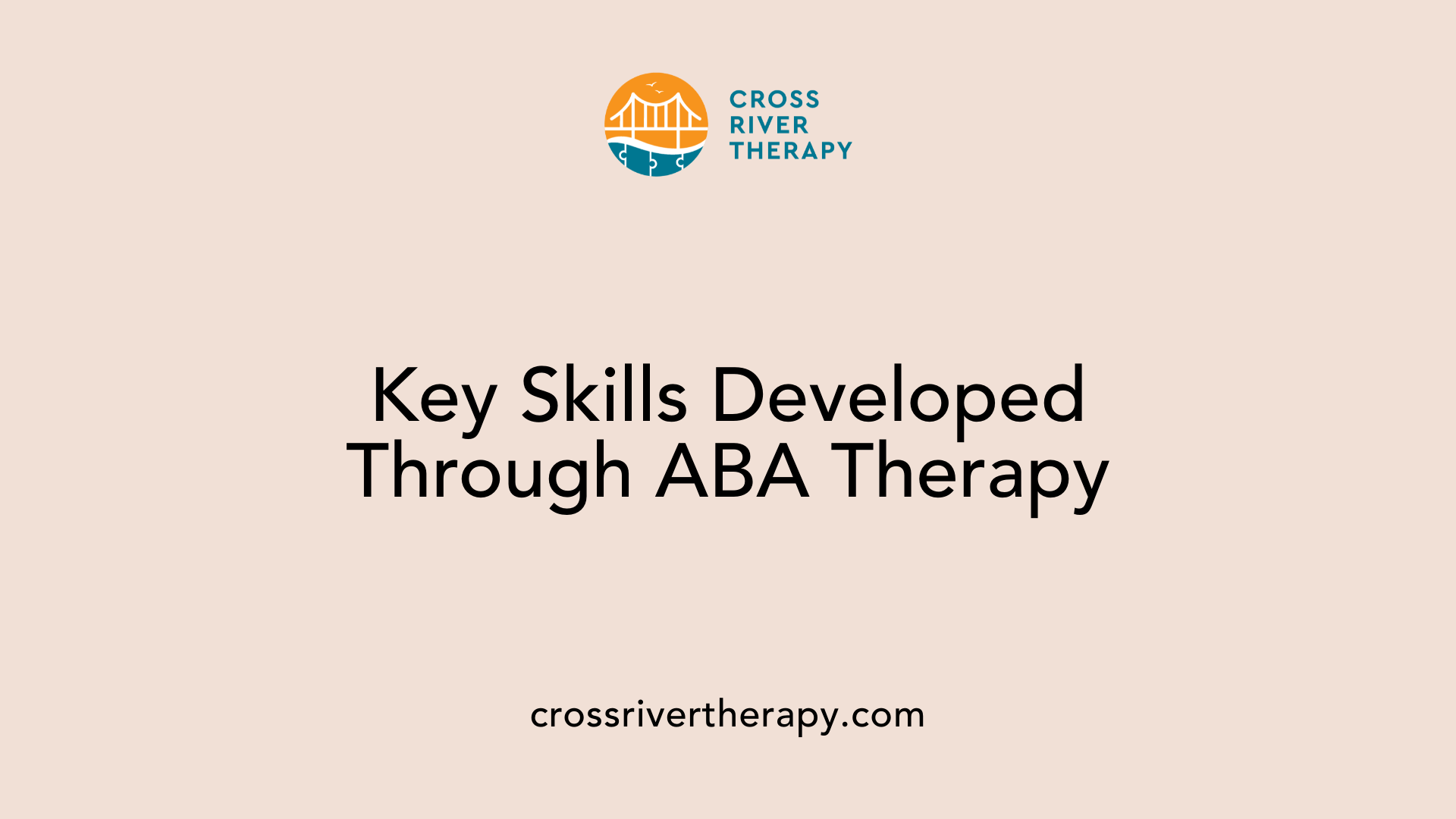
What are the specific skills that can be taught through ABA therapy?
Applied Behavior Analysis (ABA) therapy focuses on teaching essential life skills that are critical for children with Autism Spectrum Disorder (ASD). The skills taught include:
- Communication Skills: ABA enhances verbal and non-verbal communication through techniques like Functional Communication Training (FCT), helping children express their needs effectively.
- Self-help Skills: Children learn daily living skills such as personal hygiene, dressing, and self-feeding, fostering independence.
- Social Skills: ABA programs teach children how to interpret social cues, engage in conversations, and participate in play activities with peers.
- Academic Skills: Tasks are broken down to meet educational demands, ensuring children grasp essential concepts in the classroom.
ABA therapy employs a variety of methods, including Discrete Trial Training and Pivotal Response Training, to teach these skills in small, manageable steps adjusted according to each child's unique needs.
Customized programming
ABA therapy is highly individualized, created specifically to address the diverse challenges each child faces. Programs involve:
- Regular assessments to set personalized goals.
- Involvement of family to reinforce learning at home.
- Data collection to track progress and modify goals accordingly, ensuring relevance and effectiveness in skill acquisition.
By utilizing these structured methods, ABA therapy not only facilitates learning but also encourages children to apply their new skills in everyday situations.
Methodologies and Techniques
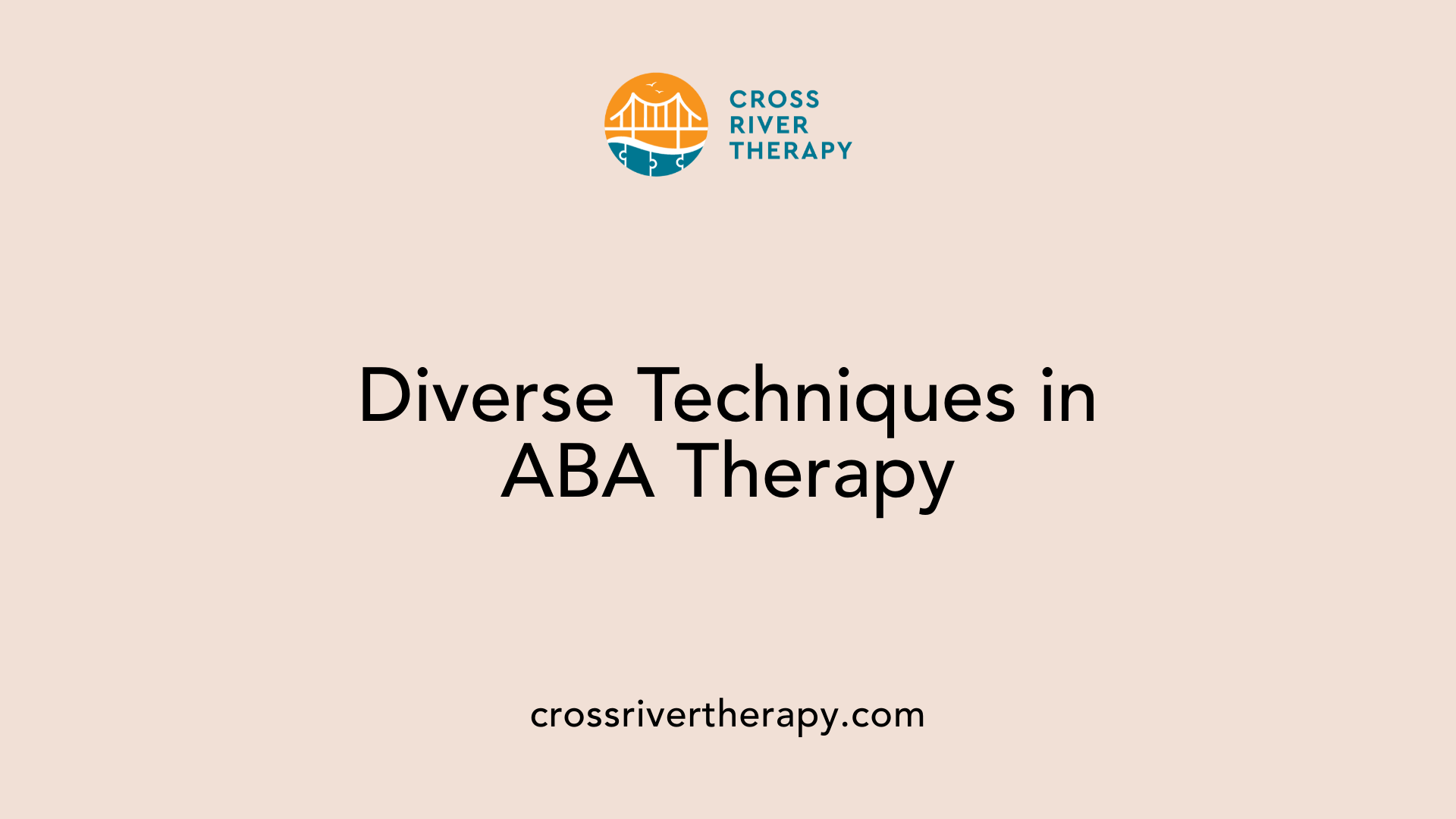
Discrete Trial Training
Discrete Trial Training (DTT) is a structured method used in ABA therapy, where skills are taught in small, manageable steps. This approach allows therapists to break down learning into clear, definitive components. It typically involves three phases: the teacher’s instruction (antecedent), the child's response (behavior), and the reinforcement provided (consequence). This systematic framework helps in promoting engagement and understanding in children.
Pivotal Response Treatment
Pivotal Response Treatment (PRT) focuses on teaching pivotal behaviors that lead to improvements in broader areas. This method empowers children by teaching them to respond to social cues, thus enhancing their communication skills and overall social interactions. Unlike DTT, PRT is less structured and allows for natural reinforcement, promoting a more interactive learning environment.
Natural Environment Teaching
Natural Environment Teaching (NET) integrates learning into everyday situations, making it relevant and engaging for children. This method emphasizes using a child’s interests and typical environments to create opportunities for skill acquisition. By applying learning in real-life contexts, children can generalize their skills across settings, promoting independence and adaptive functioning.
Empirical Support and Efficacy
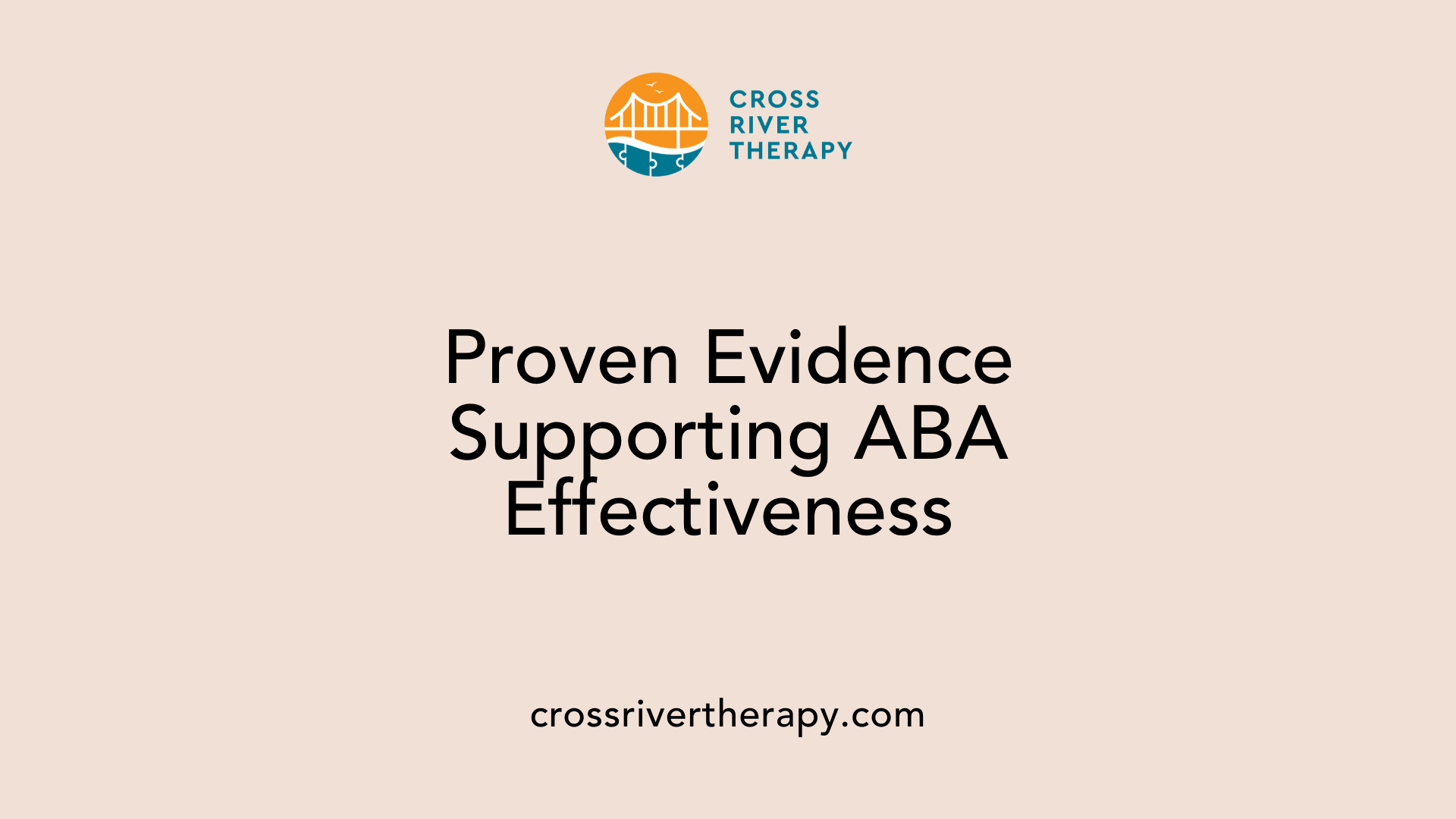
What evidence supports the effectiveness of ABA as a treatment for autism?
Evidence supporting the effectiveness of Applied Behavior Analysis (ABA) as a treatment for autism is robust and multifaceted. Numerous studies demonstrate the positive impacts of ABA therapy on children with Autism Spectrum Disorder (ASD). Research consistently shows that early and intensive interventions, typically administering around 40 hours per week, yield significant improvements in various adaptive behaviors, particularly communication and socialization skills.
A notable study conducted with 334 children in California revealed that 66% of participants who initiated ABA therapy exhibited dramatic improvements in adaptive functioning after 24 months, especially among those who started with lower initial capabilities. This underscores the vital role of early intervention in achieving optimal outcomes.
In addition, the versatility of ABA therapy has been a focal point. In-home ABA therapy is often highlighted for its effectiveness due to its personalized and flexible nature, allowing integration with daily routines and making learning opportunities more relevant to the child’s environment. This approach not only facilitates learning but also encourages the generalization of acquired skills across various settings.
Furthermore, endorsements from prominent professional organizations, such as the American Academy of Pediatrics, reinforce the credibility of ABA as a standardized intervention for children with autism. These organizations emphasize the importance of ABA as a scientifically-based and individualized treatment, solidifying its status as a best practice in addressing the needs of individuals with ASD.
Critiques and Concerns
Does ABA therapy have any harmful effects?
While ABA therapy is effective in helping many children with autism learn skills and reduce problematic behaviors, there are valid concerns about its potential harmful effects. Critics argue that past methods included punishment, which can lead to negative emotional outcomes, such as PTSD symptoms, especially in children who experience harsh implementations. Some advocates worry that the focus on eliminating undesirable behaviors may overshadow the importance of skill-building and the individual needs of autistic children.
Historical Criticisms
Additionally, there are concerns that ABA may contribute to mental health difficulties by encouraging autistic individuals to conform to neurotypical standards. This can foster identity confusion and distress, leading to a misalignment between the child's self-perception and societal expectations. Hence, historical criticisms emphasize the importance of addressing the unique experiences and perspectives of autistic individuals.
Need for Ethical Practices
These critiques highlight the need for individualized approaches and the careful application of positive reinforcement strategies. Modern developments in ABA therapy seek to ensure that ethical considerations are at the forefront, emphasizing the welfare and dignity of children with autism, while promoting strategies that embrace their individuality in learning.
Beyond Autism: Broad Applications of ABA
Is ABA therapy only used for autism?
ABA therapy is predominantly acclaimed for its success in treating autism spectrum disorders, yet its application extends far beyond this scope. It has proven beneficial for a variety of developmental disabilities and behavioral issues, including ADHD, oppositional defiant disorder (ODD), and even anxiety disorders.
ABA employs positive reinforcement techniques that encourage the acquisition of new skills while simultaneously addressing challenging behaviors across diverse conditions. For instance, in ADHD, ABA strategies help improve self-regulation and adaptive behaviors, fostering positive interactions. Similarly, children with ODD can learn emotional regulation skills, which enhance interactions with authority figures.
Adaptability of ABA therapy
The flexibility inherent in ABA therapy is one of its defining features. The therapy can be personalized based on an individual's specific needs, interests, and circumstances—making it a fit for various populations beyond those on the autism spectrum. Therapeutic approaches are tailored to target specific behaviors, whether improving social skills or daily living tasks.
Individualized sessions often incorporate data tracking and adjust based on progress, emphasizing that skill acquisition is achievable for anyone, regardless of diagnosis.
In essence, while ABA has garnered recognition for autism treatment, its adaptability and proven effectiveness across multiple developmental and behavioral challenges solidify its place as a versatile therapeutic approach.
Conclusion
ABA therapy stands out as a pivotal framework for teaching new skills to children with autism, effectively enhancing their communication, social, and daily living capabilities. Through a focus on individualized and scientifically-backed methods, ABA therapy supports developmental progress in children, allowing for meaningful improvements in their quality of life. Though critiques of past methodologies exist, modern ethical practices emphasize the therapy's positive reinforcement aspects, ensuring both effectiveness and empathy. With its expanding application beyond autism, ABA therapy continues to demonstrate its role as a versatile and adaptable tool in behavioral intervention.
References
- Applied Behavior Analysis (ABA) | Autism Speaks
- Why ABA is so Effective at Building/Teaching New Skills
- 7 Surprising Benefits of ABA Therapy for Kids You Need to Know
- What Skills Can Your Child Learn in ABA Therapy?
- Applied Behavior Analysis (ABA) for Children With Autism
- Applied Behavior Analysis in Children and Youth with Autism ...
- The Role of ABA Therapy in Empowering Autistic Children and Their ...
- Benefits of Applied Behavior Analysis (ABA) Therapy for Children



